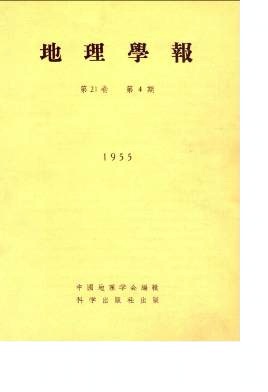S.S.Chien, C.Y.Wu and C.T.Chen
China has a very vast area, complex environment and rich plant species comprising arctic, temperato and tropical types. In addition to climatic, edaphic and topographical differences in different geographical regione, the vegetation-ty-pes havo been made more complicated by certain geological factors, the glacial factor, for instance, which resulted in remaining certain amount of preglacial remnants in certain places. The anthrohic effects for more than 5,000 years have certainly caused profound changes in our natural vegetation. In general, the en- vironmental factors which affect the vegetation most are climatic, topographic, edaphic, histbric and biotic onus among which the climate is certainly the most important, but in connection wiili other features its effect is expressed differently in different regions. In China, in western part, especially in Tibetan plateau, the topographical factor becomes most prominent; in northern and eastern parts the cold tide predominates,in the coastal region the Pacific and Indian monsoons play the leading part.
